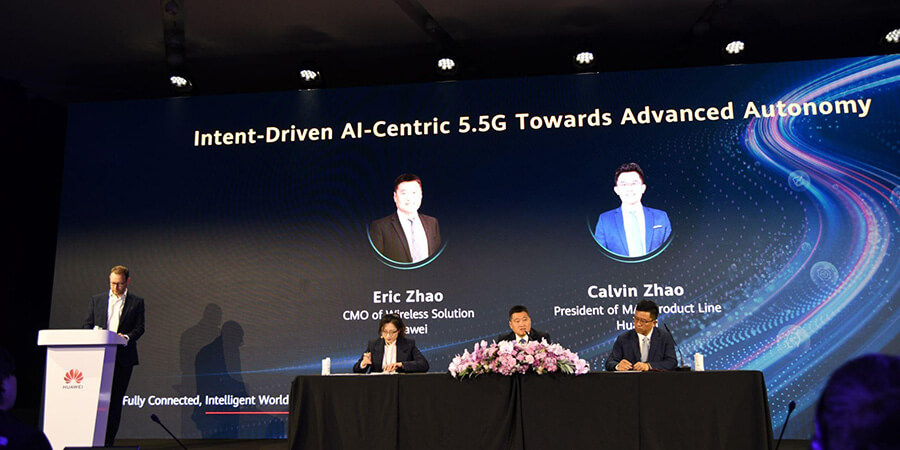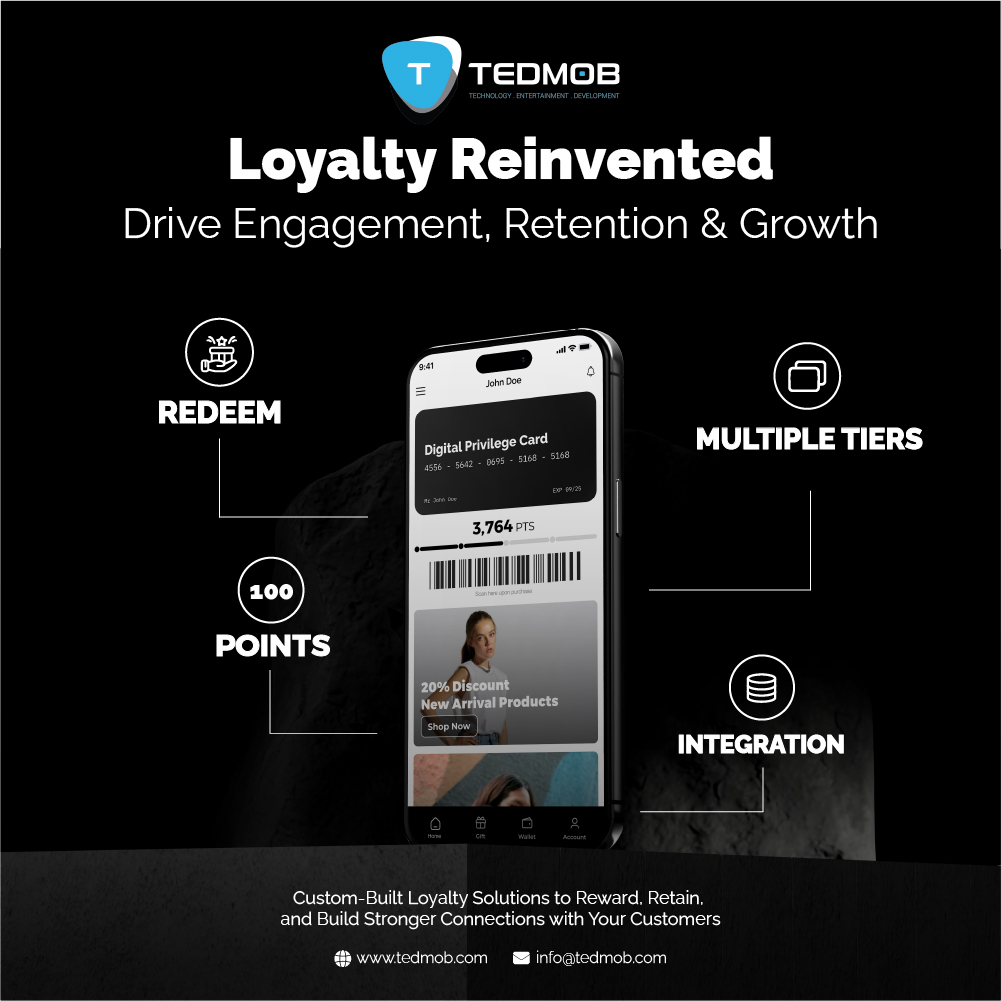During MWC Barcelona 2025, Telecom Review was invited to attend the Huawei Wireless Media & Analyst Roundtable at Porta Fira Hotel, Barcelona. The session focused on the transformative impact of combining networks and AI.
Intent-Driven, AI-Centric 5.5G Towards Advanced Autonomy
In his presentation, Eric Zhao, CMO of Huawei’s Wireless Solution, discussed the integration of artificial intelligence (AI) with human innovation, emphasizing the rapid advancement of AI across industries and its impact on mobile networks.
The journey of wireless intelligence is accelerating, intending to reshape operations and management (O&M), experience, and services.
In line with this, he highlighted the significant milestones of Huawei’s RAN Intelligent Agent, including the deployment of over 32,000 sites across nine cities and the empowerment of 1,200 engineers by AI co-pilots.
This achievement drove the acceleration of the run intelligence process and the creation of new network opportunities.
Challenges in AI Network Integration
Zhao identified three main challenges in the mobile AI era: supporting diverse AI applications with multi-dimensional network capabilities, optimizing user experience and fault recovery, and monetizing AI applications.
“The traditional software-defined network (SDN) is not flexible enough to meet the demands of AI applications,” he noted. “AI applications demand multi-dimensional network capabilities, such as low latency, high uplink, and guaranteed experience.”
The introduction of diversified AI applications increases operational and maintenance complexity, leading to higher operating expenditure (OpEx). Monetization also remains a relevant topic, with operators seeking new revenue streams from AI applications.
Intent-Driven Network and Agentic Workflow
In response to this, Huawei proposes an intent-driven network capable of real-time scaling and adaptive experience assurance, supported by a three-layered architecture and a new workflow.
“The goal is to upgrade traditional networks to achieve Level 4 or 5 autonomous networks (ANs) through intent-driven capabilities,” stated Zhao. “The network should support functions like intent translation, real-time scaling, and adaptive experience assurance.”
Huawei’s agentic workflow involves task management, intent translation, parallel processing, and closed-loop management. The new workflow aims to generate workflows from Huawei's various solutions for mobile networks.
The first layer translates customer intent into various scenarios, including experience, operation, and agent deployment requirements, while the second layer completes multi-agent collaboration and creates new special workflows for different scenarios. The third layer handles resource allocation and real-time evaluation to satisfy different requirements from the first and second layers.
Agentic Workflow and Business Enablement
Huawei’s agentic workflow can scale network results to realize diversified experiences, energy efficiency, and monetized services. Zhao compared the traditional way of earning revenue from single traffic packages to the new way of earning from differentiated user groups.
“The new workflow is a business enabler, allowing operators to generate more revenue from various scenarios. The goal is to build more genetic workflows for different scenarios and business opportunities,” Zhao mentioned.
Stronger Capabilities, More Open Platforms
Zhao also introduced the iNET community, which aims to provide open network capabilities to third parties, enabling new business opportunities and autonomous network operations.
The platform includes powerful models, special tokens, and over 8,000 application programming interfaces (APIs) for new applications and business design. The goal is to work with industry partners to define more scenario-based agents and authentic workflows.
Vision for Autonomous Networks
In the age of AI, telcos will evolve toward adaptive user experience, autonomous operations, auto-evolving products, augmented workforce, and all-connected resources.
“The vision is to bring more intelligence to mobile networks, achieving autonomous driving network capabilities,” concluded Zhao. “The goal is to achieve efficient execution and optimal results for network intelligence.”
The release of AI-centric, intent-driven, and multi-agent networks aims to understand business intent and provide professional policies. The future will see operators creating more value by using AI capabilities and working together to seize mobile AI opportunities.
When asked by Telecom Review about the benefits that Huawei believes intent-driven networks could bring to 5.5G, Zhao’s response focused on integrating AI into wireless networks, specifically the upgrade to 5.5G.
“AI agents can handle tasks previously requiring human intervention, improving network management efficiency,” he shared. “AI is expected to reduce network overhead, specifically by reducing site energy consumption.” The GreenPulse solution was underscored as a key AI-driven innovation, seamlessly balancing energy consumption with service assurance. By integrating intent-driven automation, GreenPulse optimizes both spectral and energy efficiency.
Zhao pointed out the need for telecom operators to redefine network architectures and production flows to meet the diverse demands of AI services.
In summary, four major benefits of AI adoption were accentuated: increased spectral efficiency, greener networks, enhanced O&M capabilities, and addressing AI service demands.










